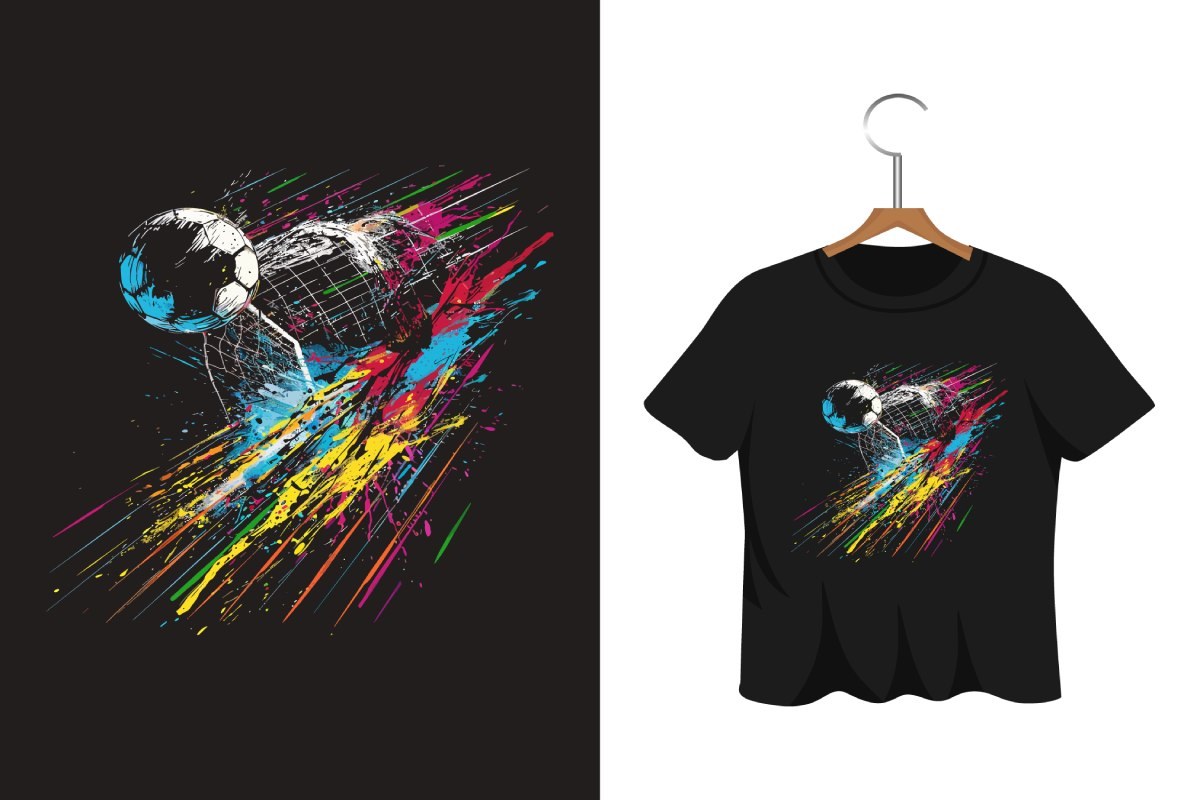
DTF T-Shirt Printing: Step-by-Step Guide
Why Choose DTF for T-Shirt Printing?
DTF printing is one of the most versatile and efficient methods for customizing t-shirts. Unlike traditional screen printing or heat transfer vinyl, DTF allows for high-detail, full-color prints without requiring extensive setup. It works on cotton, polyester, and blended fabrics, providing a smooth, durable finish. The process does not require pretreatment, making it a faster and more cost-effective option. Whether you're starting a business or printing for personal use, DTF offers a high-quality solution for custom t-shirts.
Essential Tools and Materials for DTF T-Shirt Printing
To start with DTF t-shirt printing, you'll need the right tools and materials. A DTF printer with pigment-based inks is essential for creating vibrant designs. PET transfer films act as the medium that carries the ink before transfer. A high-quality adhesive powder ensures strong bonding between the ink and the fabric. A heat press machine is required to apply heat and pressure for proper adhesion. Additionally, a curing oven or heat gun helps in drying the adhesive powder before the final press.
Designing for DTF T-Shirt Printing
Creating high-quality designs is key to producing professional-grade DTF t-shirts. Use vector-based software like Adobe Illustrator or CorelDRAW for sharp and scalable graphics. Ensure your design has a transparent background to avoid unwanted white edges. Consider using bold colors and fine details, as DTF allows for intricate patterns. If printing on dark fabrics, include a white ink layer to enhance visibility. Proper design preparation will ensure crisp, clear, and vibrant t-shirt prints.
Step 1: Printing the Design on DTF Film
The first step in DTF t-shirt printing is to print your design onto a PET film. Load the film into the printer and use high-quality DTF inks for rich, lasting colors. Print the color layer first, followed by a white ink layer to ensure proper opacity on dark fabrics. Adjust printer settings to achieve optimal resolution and ink saturation. Once the design is printed, let it dry slightly before moving to the next step.
Step 2: Applying the Adhesive Powder
After printing, evenly coat the design with DTF adhesive powder while the ink is still wet. Shake off any excess powder to prevent uneven bonding. The powder acts as a glue that will help the print adhere securely to the fabric. Place the coated film in a curing oven or use a heat gun to melt the adhesive powder slightly. Proper curing ensures that the transfer process will result in a strong and flexible print.
Step 3: Transferring the Design to the T-Shirt
Now it's time to transfer the DTF print onto the t-shirt. Place the prepared PET film onto the fabric with the printed side facing down. Set the heat press to the recommended temperature, usually around 160-180°C, and press for 15-20 seconds. Apply firm and even pressure to ensure the print bonds properly. After pressing, allow the t-shirt to cool before peeling off the PET film. This cooling step helps prevent smudging and improves print durability.
Step 4: Curing and Finalizing the Print
To enhance the durability of the DTF print, a second heat press is recommended after peeling off the film. Place a protective sheet over the design and press it again for a few seconds. This step helps to seal the ink into the fabric, making it more resistant to washing and stretching. Allow the t-shirt to cool completely before packaging or wearing. Proper curing ensures that DTF prints remain vibrant and long-lasting.
Conclusion
DTF t-shirt printing is a powerful technique that delivers high-quality, detailed, and durable prints. With the right equipment, proper design preparation, and correct transfer techniques, you can create professional-grade t-shirts for personal use or business purposes. The ability to print on various fabrics and achieve full-color designs makes DTF a superior choice in the custom apparel industry. Following these steps will ensure that your DTF prints look great and last for years.
FAQ
- What fabrics can DTF be used on?
- DTF printing works on cotton, polyester, blends, denim, and even leather fabrics.
- Do I need a special printer for DTF t-shirt printing?
- Yes, a dedicated DTF printer with compatible inks is required.
- Is pretreatment necessary for DTF printing?
- No, unlike DTG printing, DTF does not require fabric pretreatment.
- How long do DTF prints last on t-shirts?
- When properly applied and washed, DTF prints can last for years without fading or peeling.
- Can I use DTF printing for custom designs?
- Yes, DTF is perfect for custom t-shirt printing, allowing for full-color, detailed designs.
- What temperature is best for DTF transfers?
- Most DTF transfers require heat pressing at 160-180°C for 15-20 seconds.
- Why is my DTF print peeling?
- Poor adhesive application or incorrect heat press settings can cause DTF prints to peel.
- Do DTF prints feel heavy on fabric?
- No, DTF prints are soft and flexible, ensuring comfort.
- Can I wash DTF-printed t-shirts in a washing machine?
- Yes, but it is recommended to wash them inside out with mild detergent to preserve the DTF print.
- Is DTF printing better than screen printing?
- DTF is more versatile and allows for detailed, full-color prints, while screen printing is better for bulk orders with simple designs.






